Home>Garden Essentials>When To Start Landscaping
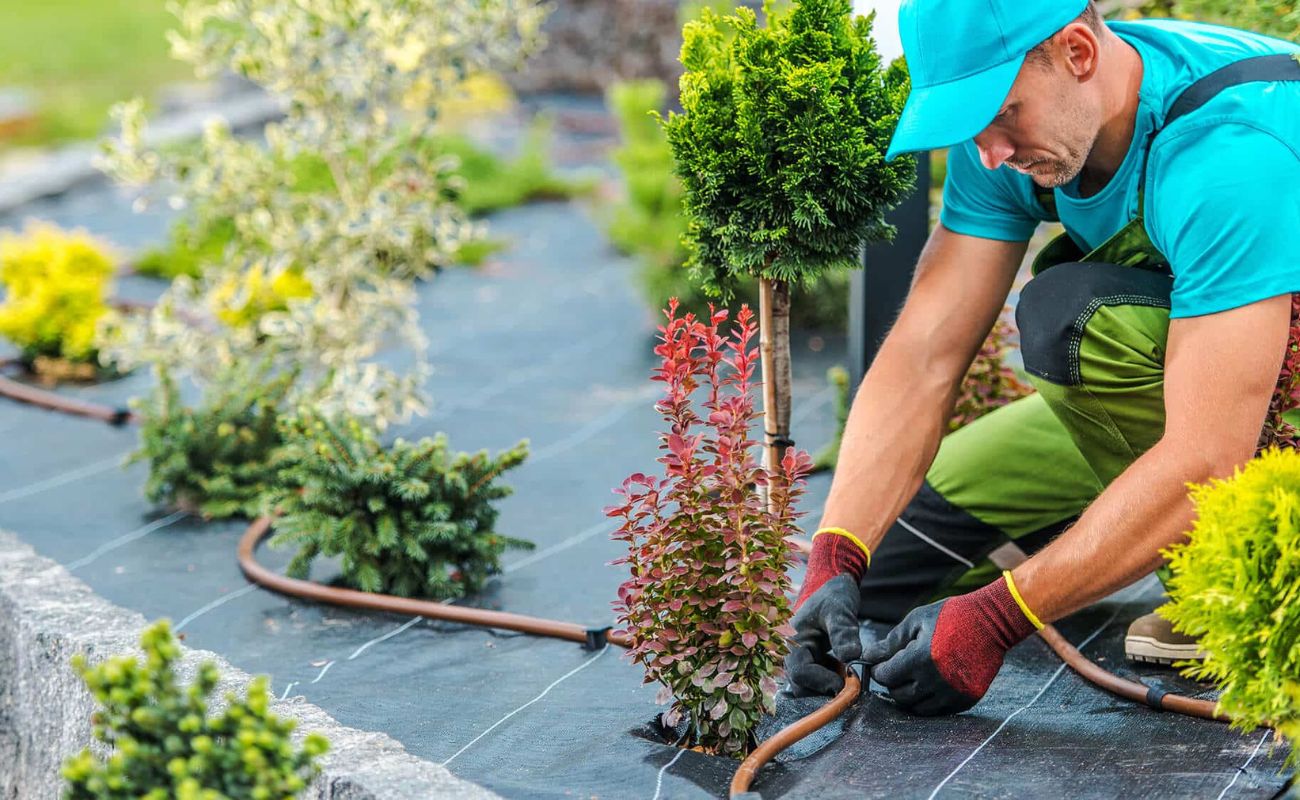

Garden Essentials
When To Start Landscaping
Modified: March 7, 2024
Discover the perfect time to start landscaping your garden. Learn expert tips and advice on when to begin transforming your outdoor space for stunning results.
(Many of the links in this article redirect to a specific reviewed product. Your purchase of these products through affiliate links helps to generate commission for Storables.com, at no extra cost. Learn more)
Introduction
Welcome to the world of landscaping! Whether you’re a seasoned gardener or a beginner with a green thumb, landscaping is an exciting endeavor that allows you to transform your outdoor space into a beautiful oasis. But when is the right time to start landscaping? In this article, we’ll explore the factors to consider, the benefits of early landscaping, essential tasks to begin with, and common mistakes to avoid.
Landscaping is not just about adding a few plants and flowers to your yard. It involves careful planning, design, and execution to create a harmonious and aesthetically pleasing environment. Before you dive into this creative process, there are a few factors to consider.
Firstly, assess the current state of your outdoor space. Take a look at the existing landscape, soil quality, drainage, and any existing structures or features. This evaluation will help you determine the extent of the landscaping work and identify any potential challenges.
Another crucial consideration is the climate and season. The weather can greatly impact the success of your landscaping efforts. Some plants thrive in specific seasons, while others may require more care and attention. By understanding the seasonal variations in your area, you can plan your landscaping activities accordingly.
Now, let’s discuss the different factors to consider based on the season.
Key Takeaways:
- Start landscaping early in the season to take advantage of optimal plant growth, a wider plant selection, and a relaxed project timeline. This sets the stage for a thriving and visually appealing outdoor space.
- Avoid common landscaping mistakes by prioritizing planning, understanding plant needs, implementing proper maintenance, and considering long-term growth. This ensures a successful and sustainable landscape.
Read more: When Does Landscaping Season Start
Factors to Consider Before Starting Landscaping
Before you embark on your landscaping journey, it’s important to consider a few key factors that will impact the success of your project. By taking these factors into account, you can ensure that your landscaping efforts are well-planned and executed. Here are some factors to consider:
- Climate: The climate of your region plays a crucial role in determining the types of plants that will thrive in your landscape. Research the average temperature, rainfall, and sunlight hours in your area to select plants that are well-suited to the local climate.
- Soil Quality: Assess the quality of your soil to determine its drainage capabilities and nutrient content. Different plants have varying soil requirements, so it’s important to choose plants that are compatible with your soil type. If your soil is poor, you may need to amend it with compost or other organic matter to improve its fertility.
- Microclimates: Your yard may have different microclimates, which are small areas with unique environmental conditions. These microclimates can vary in terms of sunlight exposure, wind patterns, and moisture levels. Take note of these microclimates to choose plants that will thrive in each specific area.
- Water Availability: Consider the availability of water in your area before selecting plants for your landscape. Some plants require more water than others, so it’s important to choose drought-tolerant varieties if water is scarce or if you prefer a low-maintenance landscape.
- Budget: Determine your budget for the landscaping project. This will help you prioritize tasks, select materials, and decide whether to hire professional help. Create a detailed plan that outlines your budget allocations for different aspects of the project.
- Maintenance: Consider the level of maintenance you’re willing to commit to. Some plants require regular pruning, fertilizing, and pest control, while others are relatively low-maintenance. Choose plants that align with the amount of time and effort you can dedicate to maintaining your landscape.
- Personal Style: Think about your personal style and preferences when designing your landscape. Are you drawn to a formal or informal garden? Do you prefer a minimalist or vibrant color palette? Consider these elements to create a landscape that reflects your unique taste and personality.
By considering these factors before starting your landscaping project, you’ll be better equipped to make informed decisions, select suitable plants, and create a stunning outdoor space that you can enjoy for years to come.
Seasonal Considerations for Landscaping
Each season brings its own unique challenges and opportunities for landscaping. Understanding the seasonal considerations can help you make the most of your landscape throughout the year. Let’s explore some key factors to keep in mind when planning your landscaping activities:
Spring: Spring is a time of renewal and growth, making it an ideal season to kickstart your landscaping projects. The soil is usually moist, making it easier to dig and plant. Take advantage of the mild temperatures and plan for planting new flowers, shrubs, and trees. Spring also presents an opportunity to clean up your garden after winter, by removing debris and pruning trees and shrubs.
Summer: Summer is characterized by longer days and warmer temperatures, which can pose challenges for maintaining a healthy landscape. Be mindful of the water needs of your plants and ensure that they are getting sufficient hydration, especially during heatwaves. Consider installing irrigation systems to efficiently water your landscape. Summer is also a great time to enjoy your outdoor space, so create inviting seating areas and add colorful annuals to enhance the beauty of your landscape.
Fall: Fall is known for its vibrant colors and cooler temperatures. Use this season to prepare your landscape for the winter months. Clean up fallen leaves, trim back perennials, and cut back overgrown branches. Fall is also an excellent time to plant cool-season crops such as vegetables and certain types of flowers. Consider adding features like fire pits and outdoor lighting to extend your time in the garden as the days grow shorter.
Winter: Winter brings a sense of rest and dormancy to your landscape. While growth may slow down during this season, there are still tasks to be done. Protect delicate plants from frost and freezing temperatures by covering them or moving them indoors. Take this time to plan for the upcoming year, researching and gathering ideas for your next landscaping projects. Evaluate your landscape’s structure and make any necessary repairs or improvements.
Remember that these seasonal considerations may vary depending on your geographical location and climate. It’s essential to understand the specific characteristics of your region and adapt your landscaping activities accordingly.
By aligning your landscaping tasks with the seasons, you can optimize plant growth, preserve the health of your landscape, and create a visually appealing outdoor space that changes with the rhythm of nature.
Signs That Your Landscape Needs an Update
Landscapes, like any other living entity, evolve and change over time. It’s important to recognize when your landscape needs an update to ensure it remains visually appealing and functional. Here are some signs that indicate it’s time to give your landscape a refresh:
- Overgrown Plants: If your once neatly pruned shrubs and trees have become unruly and overgrown, it’s a clear sign that your landscape needs attention. Overgrown plants not only look messy but can also obstruct walkways or block sunlight from reaching other plants.
- Poor Drainage: If you notice standing water or areas that remain consistently wet after rain, it’s a sign of poor drainage. This not only affects the health of your plants but can also lead to water damage to your property. Updating your landscape to address drainage issues will help prevent further damage and promote healthy plant growth.
- Outdated Design: Styles evolve over time, and what was once trendy may now appear outdated. If your landscape lacks cohesive design elements or looks stuck in a bygone era, it’s a sign that an update is needed. Consider modernizing your landscape with new materials, colors, and design concepts to achieve a fresh and contemporary look.
- Lack of Functionality: Your landscape should be a functional space that meets your needs and enhances your lifestyle. If you find that certain areas in your backyard are underutilized or lack purpose, it’s time to reevaluate the layout and functionality of your landscape. Create designated areas for entertaining, relaxing, or gardening to maximize the usability of your outdoor space.
- Poor Plant Health: Unhealthy or dying plants can be an indication of underlying issues, such as poor soil quality, improper irrigation, or pest infestation. If you notice consistent plant decline or struggle to maintain healthy vegetation, it’s crucial to update your landscape to address the root causes and replace diseased or struggling plants.
- Lack of Visual Appeal: A well-designed landscape should be visually appealing, captivating both you and your guests. If your landscape lacks color, texture, or focal points, it may feel dull and uninspiring. Updating your landscape by adding colorful flowers, interesting textures, and focal features such as a water feature or sculpture can greatly enhance its visual appeal.
- Changed Needs or Lifestyle: As your needs and lifestyle evolve, so should your landscape. If you’ve recently acquired new hobbies or interests that require specific outdoor spaces, or if your family dynamics have changed, it’s important to assess whether your current landscape meets those needs. Updating your landscape to accommodate these changes will ensure that it remains a functional and enjoyable space for years to come.
By paying attention to these signs, you can determine when your landscape needs an update. Updating your landscape not only improves its aesthetics but also enhances its functionality and ensures it aligns with your changing needs and preferences.
Benefits of Starting Landscaping Early
Embarking on your landscaping projects early in the season can offer numerous benefits. By starting your landscaping efforts early, you can take full advantage of the favorable weather conditions and give your landscape the best chance to thrive. Here are some benefits of starting landscaping early:
- Optimal Plant Growth: Starting landscaping early allows you to take advantage of the prime growing season. Plants have ample time to establish their root systems and grow before the harsh weather of summer or winter sets in. This helps plants establish themselves more effectively and increases their chances of survival.
- Improved Land Preparation: Early landscaping enables you to prepare the land and soil well in advance. You can remove any obstacles, clear debris, amend the soil, and address any drainage issues. By giving yourself ample time to complete these tasks, you can create a solid foundation for your landscape, promoting healthy plant growth and minimizing future problems.
- More Plant Selection Options: Starting early gives you access to a wider variety of plants at nurseries and garden centers. As the season progresses, popular species may sell out or become harder to find. By starting early, you can choose from a vast array of plant options and select the ones that best suit your design vision and climate requirements.
- Landscaping Flexibility: Starting your landscaping projects early allows you to work at a more relaxed pace, without feeling rushed to complete tasks. You can take your time to design and plan the layout of your landscape, ensuring that each element is positioned strategically. This flexibility allows for adjustments and revisions, resulting in a more thoughtfully designed outdoor space.
- Seasonal Transitions: Landscaping early helps your outdoor space transition seamlessly from one season to the next. By initiating your landscape preparations before each season begins, you can adapt your design and plantings to suit the changing climate. This ensures that your landscape remains visually appealing and vibrant throughout the year.
- Increased Enjoyment: By starting your landscaping early, you can enjoy an attractive and tranquil outdoor space for a longer period. As the weather warms up, you’ll have a beautiful garden to relax in, host gatherings, and appreciate the natural beauty around you. Early landscaping allows you to fully maximize the benefits of your outdoor space.
- Successive Plantings: Starting early allows you to plan for successive plantings, where you stagger the planting of different plant varieties to achieve continuous blooming or harvest throughout the season. This creates an ever-changing landscape that remains vibrant and fresh, providing visual interest and enjoyment.
By starting your landscaping projects early, you set yourself up for success. With optimal plant growth, improved land preparation, access to a wider range of plants, and a flexible timeline, your landscape will thrive and provide you with a beautiful and enjoyable outdoor space.
It’s best to start landscaping in the spring or fall when the weather is mild and plants have the best chance to establish themselves. Avoid starting in the heat of summer or the freezing cold of winter.
Read more: Landscaping: How To Start
Essential Landscaping Tasks to Start With
When beginning your landscaping journey, it’s important to prioritize essential tasks that will set a solid foundation for your outdoor space. These tasks will help you establish a well-designed and functional landscape. Here are some of the essential landscaping tasks to start with:
- Survey and Analysis: Begin by assessing your outdoor space and understanding its unique characteristics. Consider factors such as sunlight exposure, soil quality, and existing structures. This analysis will help you determine the best design approach and plant selection for your landscape.
- Design and Planning: Create a detailed landscape design plan that incorporates your vision, functionality, and aesthetic preferences. Identify areas for entertaining, gardening, and relaxation. Research and select appropriate plants and materials that suit your climate and personal style.
- Site Preparation: Prepare the land for your landscaping project by clearing any debris, removing weeds, and addressing drainage issues. This may involve grading the land, improving soil quality, and installing proper drainage solutions.
- Planting: Start with planting the key elements of your landscape, such as trees, shrubs, and perennials. Follow proper planting techniques, ensuring adequate spacing and appropriate planting depth. Water the newly planted vegetation thoroughly to promote root establishment.
- Installing Hardscape Features: Incorporate hardscape features into your landscape to add structure and functionality. This may include installing pathways, patios, retaining walls, or outdoor structures like pergolas or gazebos. Consider the overall design and ensure that these features complement the natural elements of your landscape.
- Creating Flower Beds and Borders: Design and plant flower beds and borders to add color, texture, and visual interest to your landscape. Choose a variety of annuals and perennials that bloom at different times to maintain continuous color throughout the season. Incorporate mulch to suppress weeds and conserve moisture.
- Lawn Care: If you have a lawn area, prioritize lawn care tasks such as mowing, aerating, and fertilizing. Proper irrigation and weed control are essential for maintaining a healthy and lush lawn. Consider including eco-friendly practices, such as water-wise landscaping and organic lawn care products.
- Implementing Lighting: Enhance the beauty and functionality of your landscape by incorporating lighting elements. Install strategic lighting fixtures that highlight focal points, provide safety, and extend the usability of your outdoor space into the evening. Consider using energy-efficient LED lights for long-lasting and environmentally friendly illumination.
- Regular Maintenance: Once your landscaping tasks are complete, ongoing maintenance is necessary to keep your landscape in optimal condition. This includes watering, pruning, fertilizing, and monitoring for pests and diseases. Regularly maintain and clean hardscape features to extend their lifespan and preserve their appearance.
By starting with these essential tasks, you will establish a solid foundation for your landscape and pave the way for a beautiful and thriving outdoor space. Remember to consider your specific climate and region’s requirements when undertaking these tasks, as they may vary depending on the location.
Hiring Professionals for Landscaping Projects
Tackling landscaping projects can be a fulfilling endeavor, but sometimes it’s best to enlist the help of professionals. Hiring experienced professionals can save you time, money, and ensure the success of your landscaping project. Here are some reasons why you may want to consider hiring professionals for your landscaping projects:
- Expertise and Knowledge: Professional landscapers have the knowledge and expertise to assess your landscape, understand your vision, and recommend the best solutions. They are familiar with horticulture, soil quality, drainage, and design principles. Their expertise can help you make informed decisions and avoid costly mistakes.
- Design and Planning: Landscape professionals can assist with designing and planning your outdoor space. They can create a customized design that maximizes the functionality and aesthetic appeal of your landscape. Their designs can provide a cohesive and balanced layout, ensuring that every element of your landscape works harmoniously together.
- Access to Resources: Professional landscapers have access to a wide range of resources that may not be readily available to homeowners. They have relationships with nurseries, suppliers, and contractors, which allows them to source high-quality plants, materials, and equipment at competitive prices.
- Efficient Project Management: Landscaping professionals have the experience to manage your project efficiently. They can coordinate various tasks, such as site preparation, planting, hardscape installation, and lighting, ensuring that each element is completed in a timely manner. Their project management skills help keep your landscaping project on schedule and within budget.
- Quality Workmanship: Hiring professionals guarantees the quality of workmanship in your landscape. They have the necessary skills and equipment to execute landscaping tasks with precision and attention to detail. From planting trees and shrubs to installing irrigation systems, professionals can ensure that each task is carried out correctly, resulting in a beautiful and well-maintained landscape.
- Enhanced Safety Measures: Landscaping projects often involve heavy machinery, sharp tools, and working at heights. Professionals are trained in safety protocols and can mitigate risks associated with these tasks. They prioritize safety and ensure that your property and family are protected throughout the project.
- Time and Effort Savings: Undertaking landscaping projects can be time-consuming, especially for homeowners with busy schedules or limited knowledge of landscaping techniques. Hiring professionals frees up your time and eliminates the need for trial and error. Professionals can efficiently complete tasks while you focus on other priorities or simply enjoy the transformation of your landscape.
- Long-Term Maintenance: Many professional landscapers offer long-term maintenance services to keep your landscape looking its best. They can develop a customized maintenance plan to ensure that your plants are properly cared for, and your landscape remains healthy and vibrant throughout the year.
While hiring professionals may have an associated cost, the benefits they provide often outweigh the expense. They bring expertise, efficiency, quality, and peace of mind to your landscaping project, ultimately resulting in a beautiful and professionally executed outdoor space.
Common Mistakes to Avoid in Landscaping
Landscaping can be an enjoyable and rewarding endeavor, but it’s important to be aware of common mistakes that can hinder the success of your project. By avoiding these pitfalls, you can ensure that your landscape thrives and continues to bring you joy for years to come. Here are some common mistakes to avoid in landscaping:
- Insufficient Planning: One of the biggest mistakes in landscaping is not dedicating enough time to planning and design. Rushing into a project without a clear plan can result in wasted time, money, and effort. Take the time to assess your space, create a design concept, and develop a detailed plan before starting any landscaping tasks.
- Ignoring Sun and Shade Patterns: Understanding the sun and shade patterns in your landscape is crucial for selecting the right plants. Different plants have specific light requirements, so it’s essential to consider the exposure and create planting schemes that accommodate those needs. Ignoring sun and shade patterns can lead to poor plant growth and overall disappointment in the landscape’s appearance.
- Overcrowding Plants: When planting, it’s common to underestimate the mature size of plants and overcrowd them in a given area. Overcrowded plants not only hinder their growth but also create competition for resources such as water, sunlight, and nutrients. Give your plants enough space to grow and thrive, considering their mature size and spacing requirements.
- Lack of Regular Maintenance: Neglecting regular maintenance is a common mistake that can quickly detract from the beauty and health of your landscape. Proper maintenance includes tasks such as watering, pruning, weeding, and fertilizing. Regularly caring for your plants and landscape features will help prevent issues such as diseased plants, overgrown vegetation, and weed infestations.
- Improper Watering: Overwatering or underwatering your plants is a common mistake that can have negative consequences. Improper watering can lead to root rot, fungus, and nutrient deficiencies. Understand the water requirements of your plants, taking into account factors such as soil type, climate, and plant species. Implement an appropriate irrigation system and monitor soil moisture levels to ensure your plants receive the right amount of water.
- Using Invasive Plant Species: Introducing invasive plant species into your landscape can have detrimental effects on the surrounding ecosystem. Invasive plants can spread rapidly, outcompeting native species and disrupting the natural balance. Research and choose plants that are native or non-invasive to your area to ensure the long-term health and biodiversity of your landscape.
- Ignoring Soil Quality: Ignoring the quality of your soil is a common mistake that can limit the success of your landscaping efforts. Soil provides the foundation for healthy plant growth, so it’s essential to assess its composition and fertility. Conduct a soil test to determine its pH, nutrient levels, and structure. Amend your soil as needed with organic matter, compost, or fertilizer to create an optimal environment for your plants.
- Forgetting About Long-Term Growth: When designing your landscape, it’s important to consider the long-term growth of plants and trees. Failure to account for their mature size and spread can result in overcrowding and eventual removal. Research the anticipated growth patterns and size of your chosen plants, allowing enough space for them to reach their full potential while maintaining a balanced and visually appealing landscape.
Avoiding these common mistakes will help you create a successful and visually appealing landscape that thrives for years to come. By prioritizing planning, understanding plant needs, implementing proper maintenance practices, and considering long-term growth, you can ensure the longevity and beauty of your outdoor space.
Conclusion
Landscaping is a creative and fulfilling endeavor that allows you to transform your outdoor space into a beautiful and functional oasis. By considering factors such as climate, soil quality, and personal style, you can embark on your landscaping journey with confidence. Starting early in the season provides numerous benefits, including optimal plant growth, access to a wider plant selection, and the ability to plan and execute your project at a relaxed pace.
Essential landscaping tasks such as surveying and analyzing your land, designing and planning your landscape, and preparing the site are crucial for setting a solid foundation. With the help of professionals, you can benefit from their expertise, resources, and efficient project management to ensure the success of your landscaping project.
To avoid common mistakes, it’s important to invest time in planning, understand the sun and shade patterns, avoid overcrowding plants, and prioritize regular maintenance. Proper watering techniques, using non-invasive plant species, and considering long-term growth are also critical in creating a thriving and sustainable landscape.
In conclusion, landscaping offers a plethora of opportunities to create a beautiful outdoor space that reflects your personal style and enhances your quality of life. By incorporating the factors discussed, starting early, and avoiding common mistakes, you can create a landscape that fills you with joy and provides a sanctuary for years to come.
Frequently Asked Questions about When To Start Landscaping
Was this page helpful?
At Storables.com, we guarantee accurate and reliable information. Our content, validated by Expert Board Contributors, is crafted following stringent Editorial Policies. We're committed to providing you with well-researched, expert-backed insights for all your informational needs.

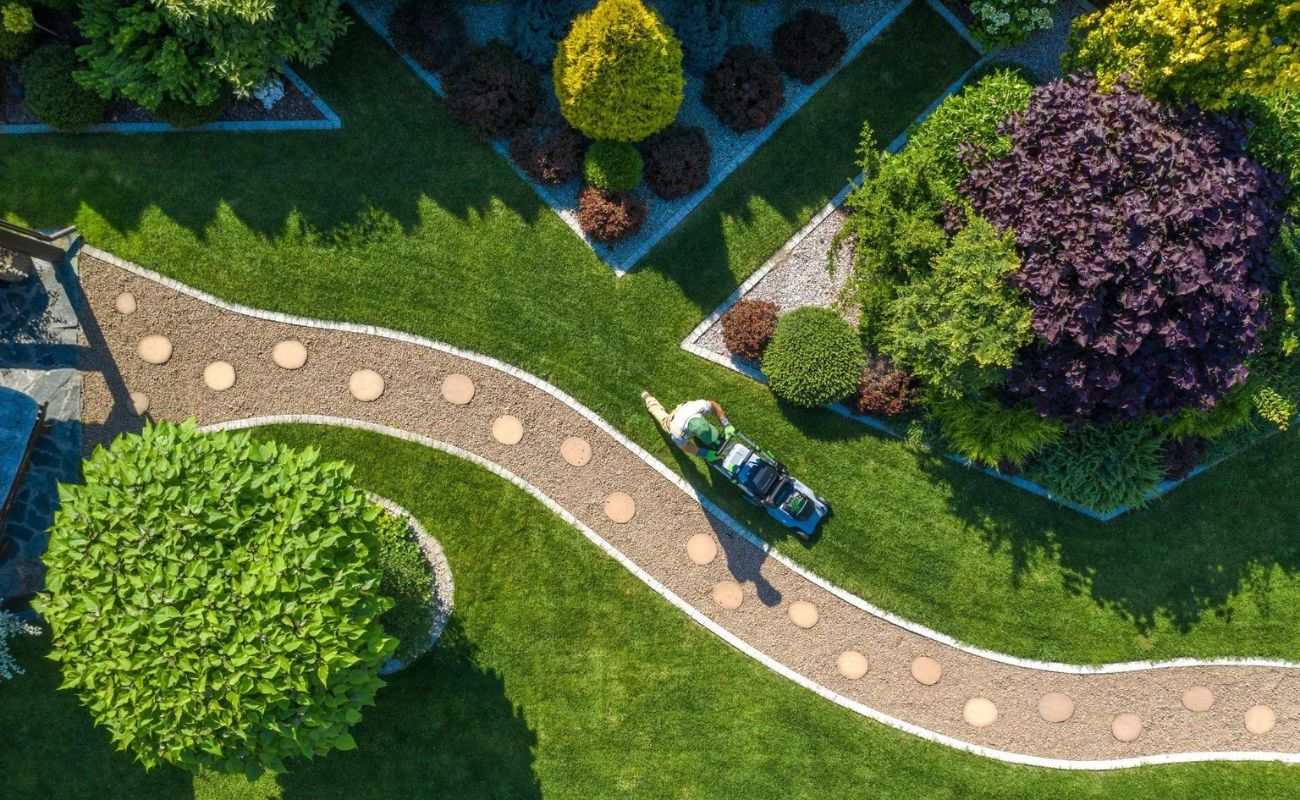





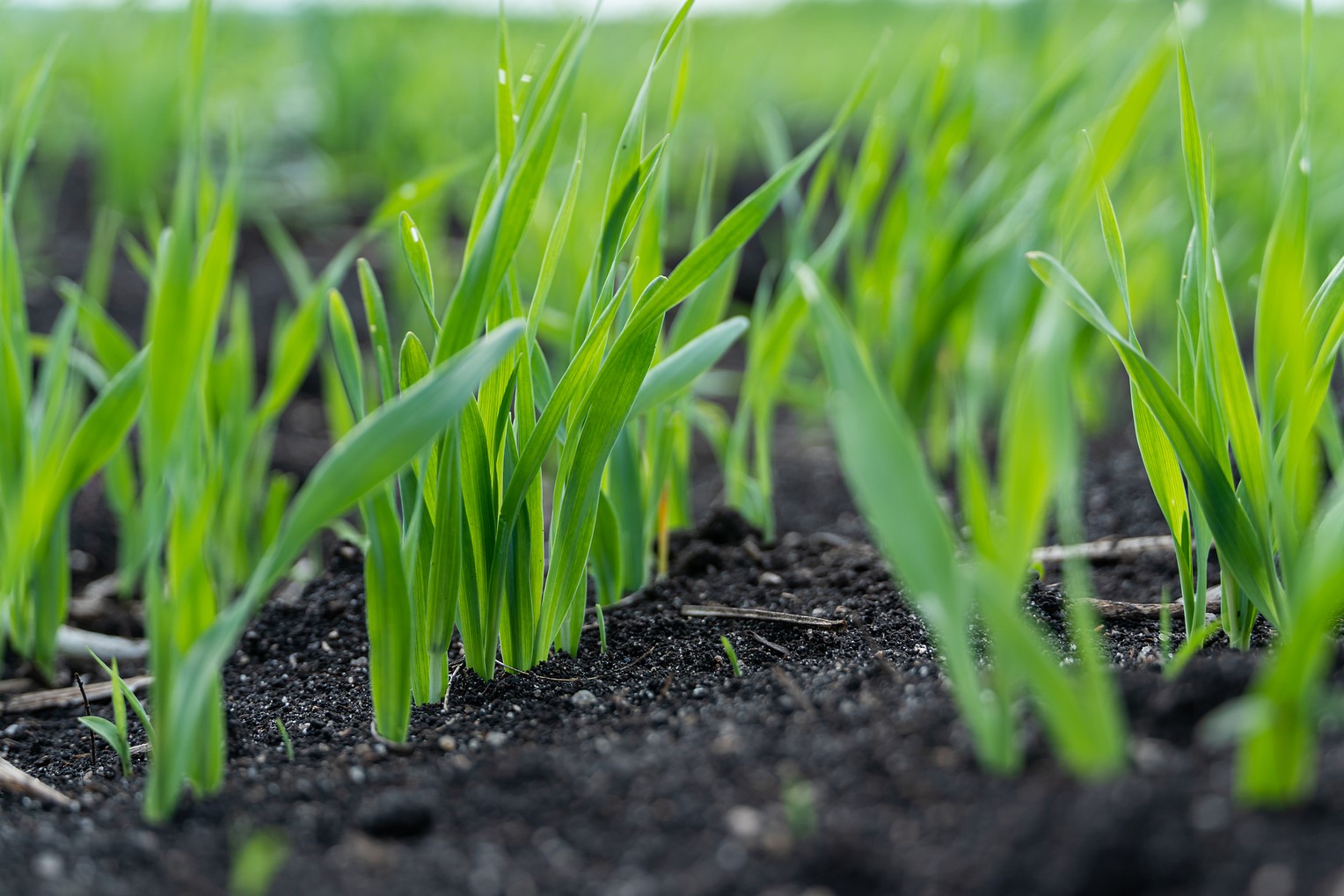
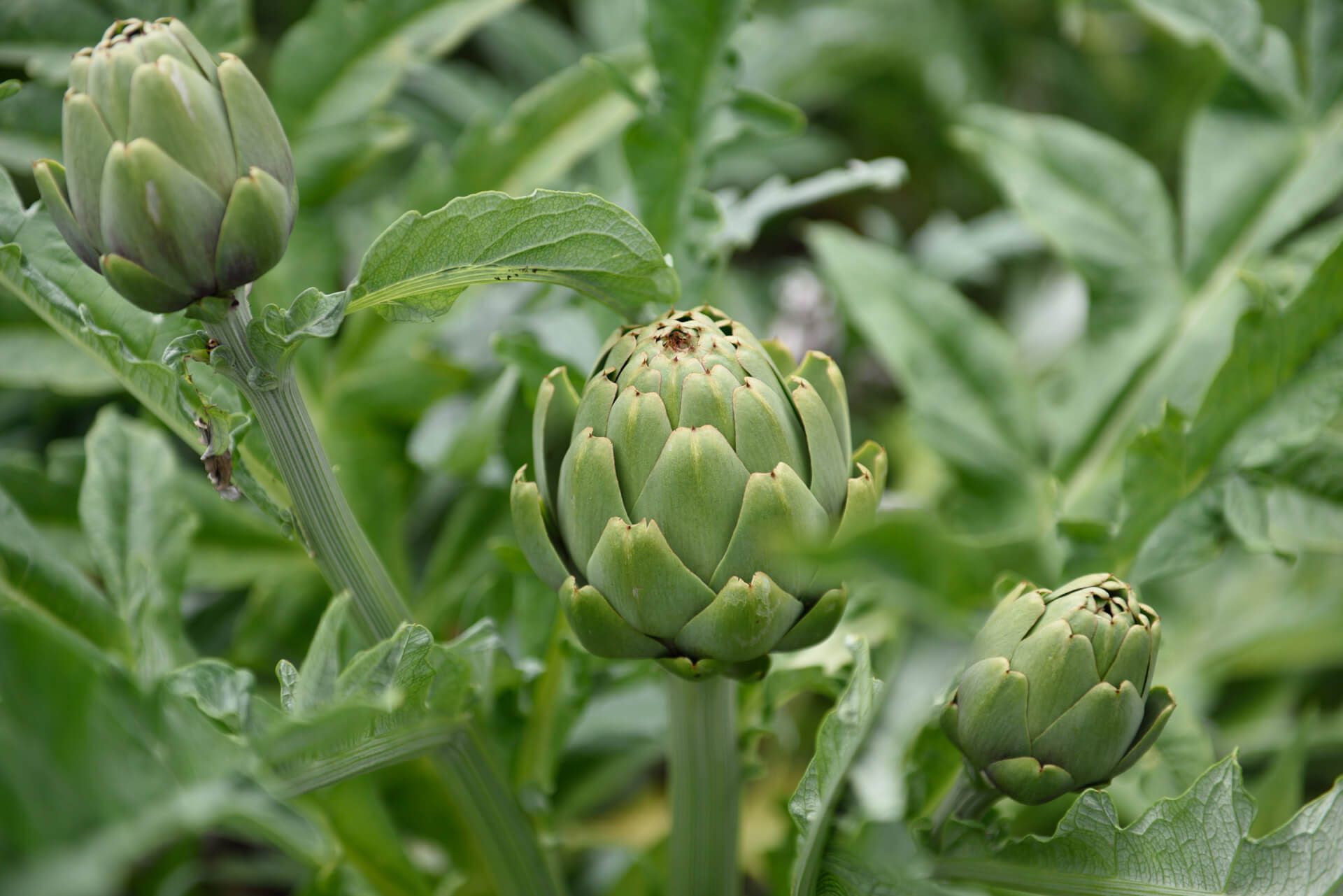
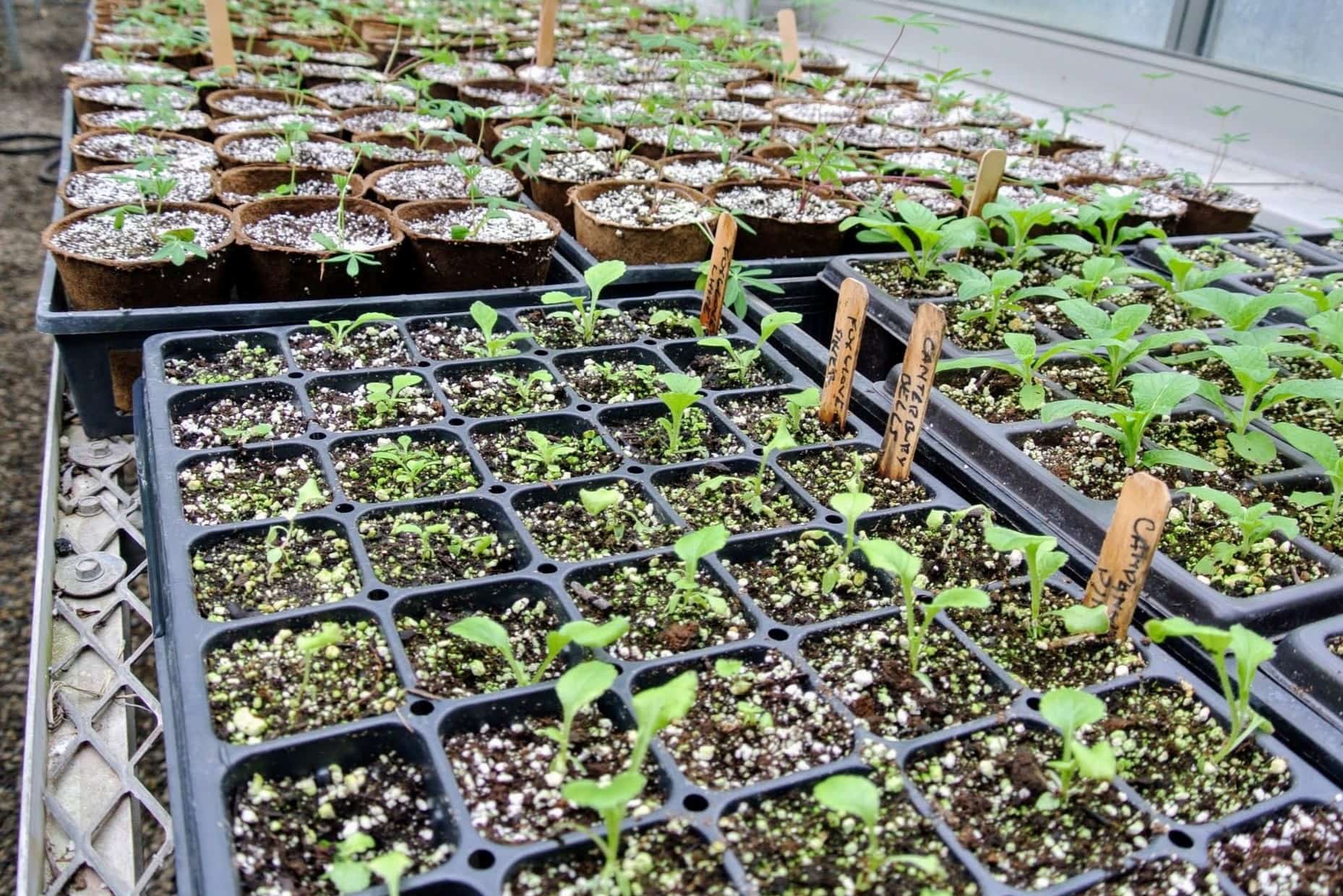
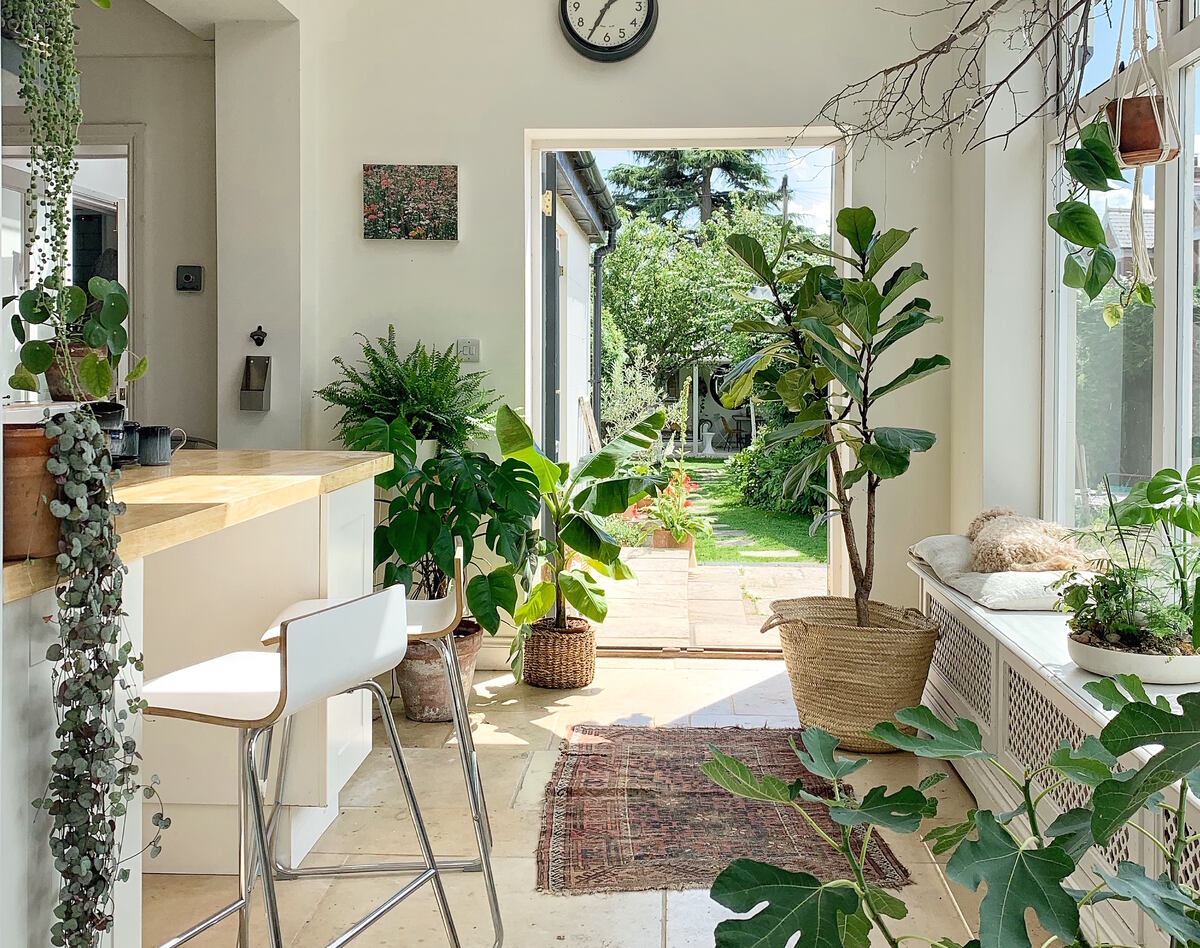
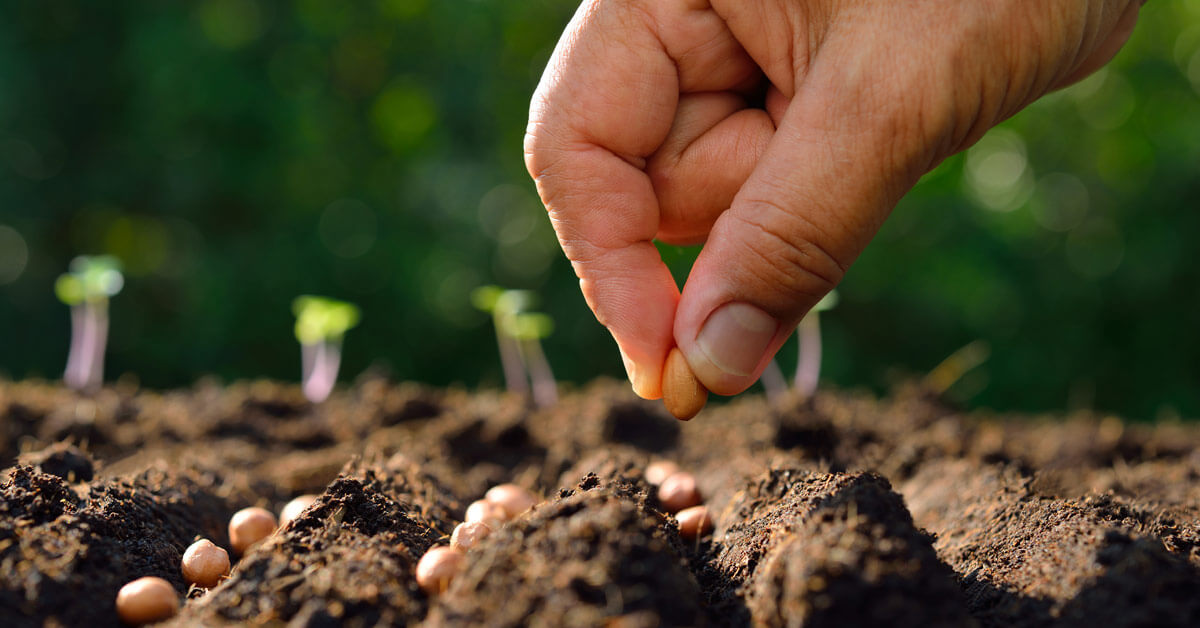

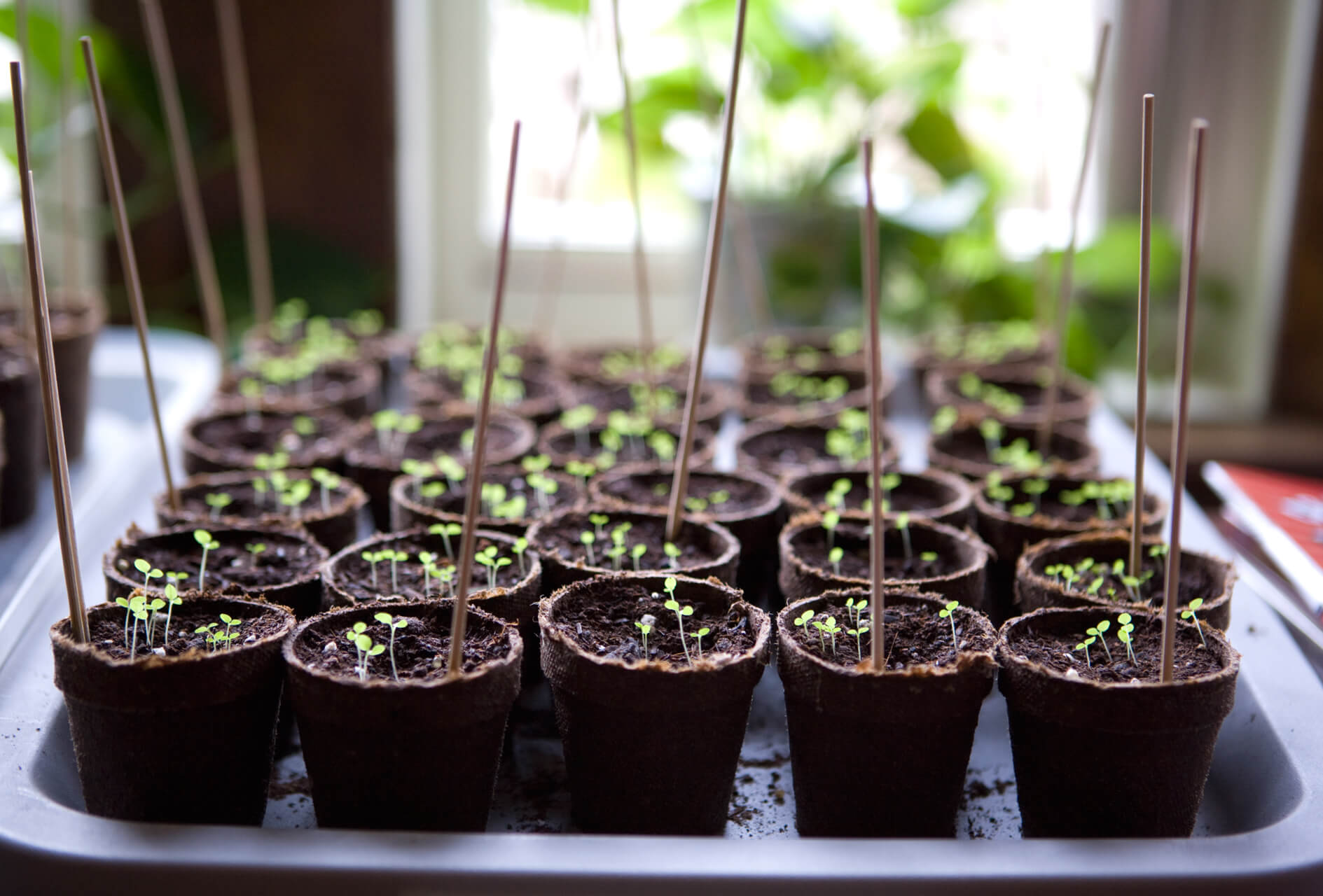

0 thoughts on “When To Start Landscaping”